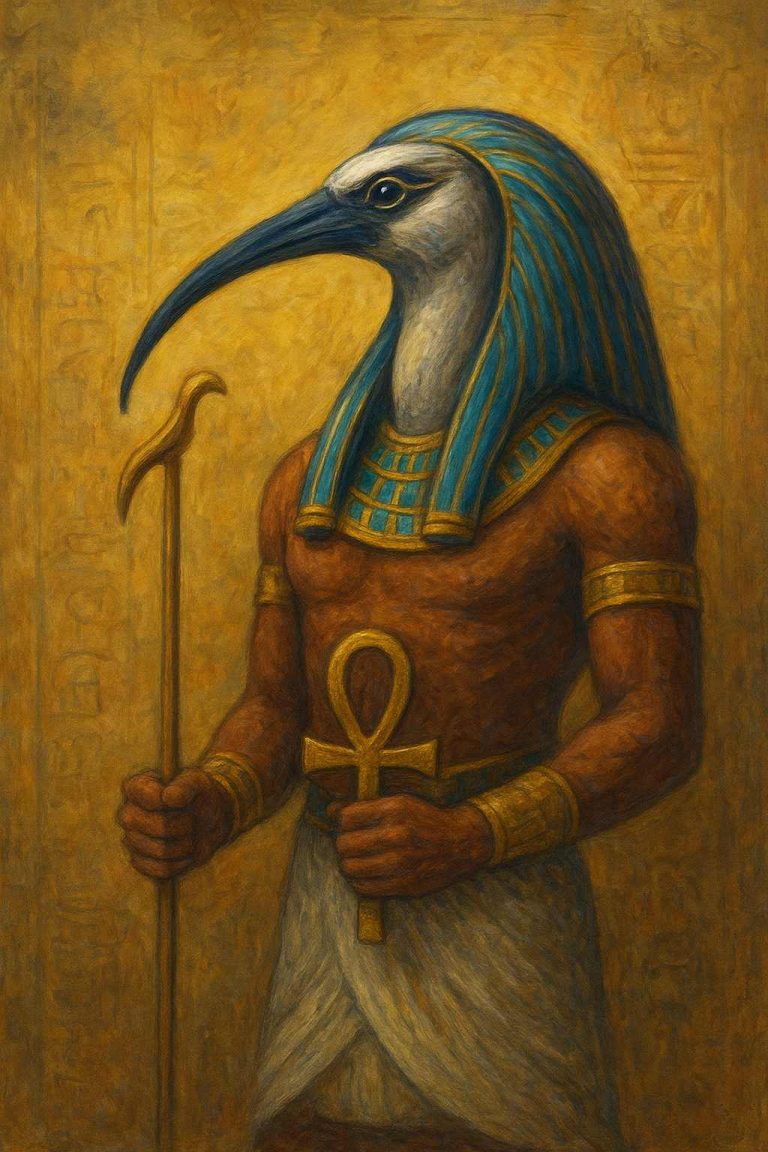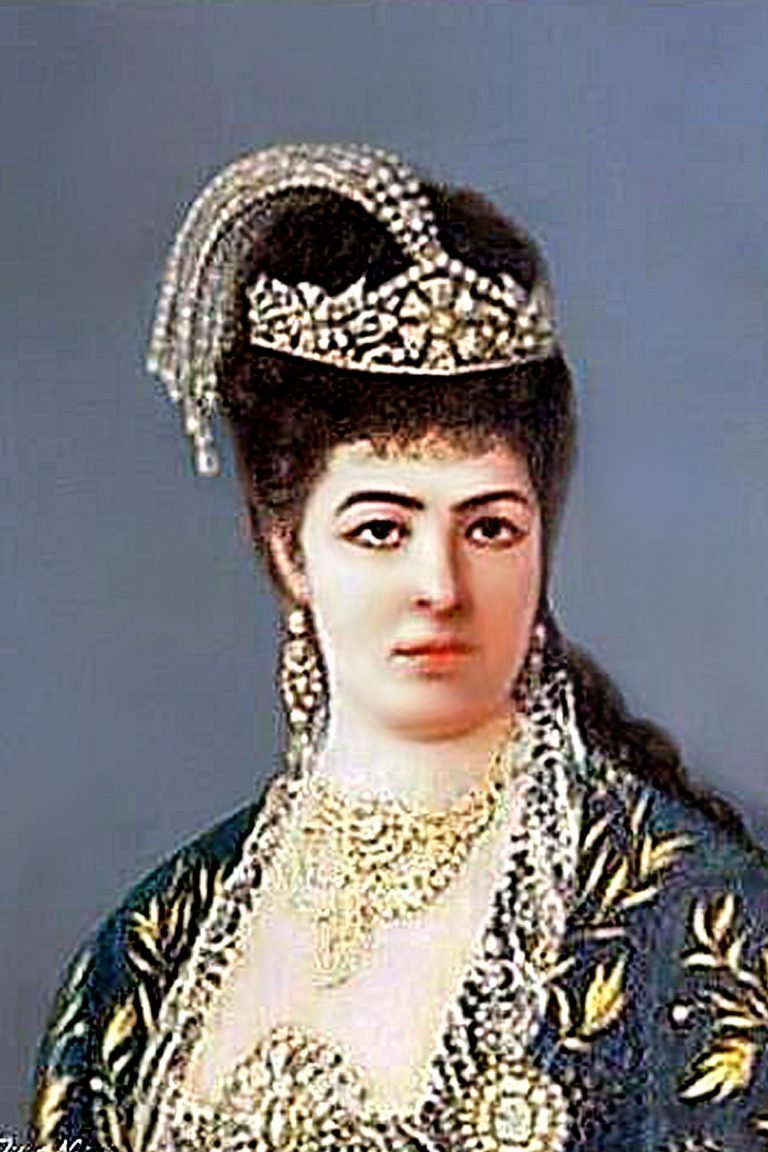Hatshepsut – a woman in a man’s world
The life of Queen Hatshepsut, Egypt’s female pharaoh, who challenged traditional dictates of rulership. Her family, Thurmose III, Neferure, and Senenmut.
Egypt’s history isn’t just ancient—it’s alive. It rises from temple walls, echoes through bustling streets, and lingers in the legends whispered between generations. This section invites you into the layered tapestry of Egypt’s past and present: from pharaohs and dynasties to myths, revolutions, and everyday customs.
These posts share stories not just of gods and kings, but of the cultural threads that still shape how Egyptians live, speak, and connect. You’ll find profiles of historical figures, reflections on iconic monuments, explorations of beliefs and superstitions, and glimpses into the elegance of Egypt’s old-world traditions.
Whether you’re preparing for your journey or simply seeking to know Egypt more intimately, let this be your portal to a deeper understanding—and perhaps a deeper appreciation—of what makes this land so enduringly magnetic.

The life of Queen Hatshepsut, Egypt’s female pharaoh, who challenged traditional dictates of rulership. Her family, Thurmose III, Neferure, and Senenmut.

An alternative theory on the Great Pyramid’s construction as told by Thoth the Athlantean, the Egyptian god of wisdom and Keeper of the Records

Journey with Thoth from Atlantis to Egypt, unlocking the secrets of the Great Temple, the Children of Light, and the Great Pyramid.

Ramesses III, his son Pentawer, familial betrayal, murder, a mysterious mummy, shocking method of calculating soldiers’ pay, secret of the screaming mummy,

Suleiman al-Faransawi, from soldier of France to military commander of Muhammad Ali, architect of Egypt’s model Army and great-grandfather of Queen Nazli

Amina Hanim’s story of love, political intrigue, and ambition in the Ottoman Empire from the town of Kavala to the palace within the Citadel at Cairo
Shajar al-Durr, who rose from slavery to become the first female Muslim ruler of Egypt. a riveting story of power, diplomacy, and intrigue in medieval Cairo

Above is the roadside monument near Scota’s grave – Tralee, Co. Kerry, Ireland “There are variations of this story—Irish and Scottish alike—and I encourage you to explore further if it intrigues you. This is the Irish version, and for context, you may wish to read my article on Akhenaten to understand why Egypt’s royal family…

We are born, we live, and we die. So what? The first we have little control over. The second is something we are supposed to have some control over, to varying degrees. The last one, we once again have little or no control over. My question today has to do with what comes after all…
According to legend, Beit al-Kreitlia is home to Sultan al-Watawit (Watawit means bat) – King of the Djins and his seven daughters who sleep peacefully in golden beds at the bottom of a magic well in the corner of the courtyard of Beit Al-Kreitlia. The well also contains the Sultan’s treasure which he closely guards….
Agha Saleem’s Secret Treasure Trove Beit Al-Kreitlia, as with all houses of the wealthy and governing families had quarters known as the Harem where the ladies of the house could relax safely from strangers’ eyes. The ‘harem’ at Beit Al-Kreitlia is situated on the first floor directly above the magic well – where lives the…
Before the Kretlis family owned the house it was owned by a man named Hagg Mohammed. In those days there lived in the house a benevolent serpent by the name of Anon – she protected the house by preventing other reptiles from entering and keeping evil outside the walls. Hagg Mohammed had two little boys…
Many countries around the world have stories of water wells in which believers can see the face of their true love. Cairo also has such a well and it is at Beit Al-Kreitlia – the Gayer Anderson House. This famous well is also home to the Sultan Al-Watawit, the immortal King of the Djinns. In…